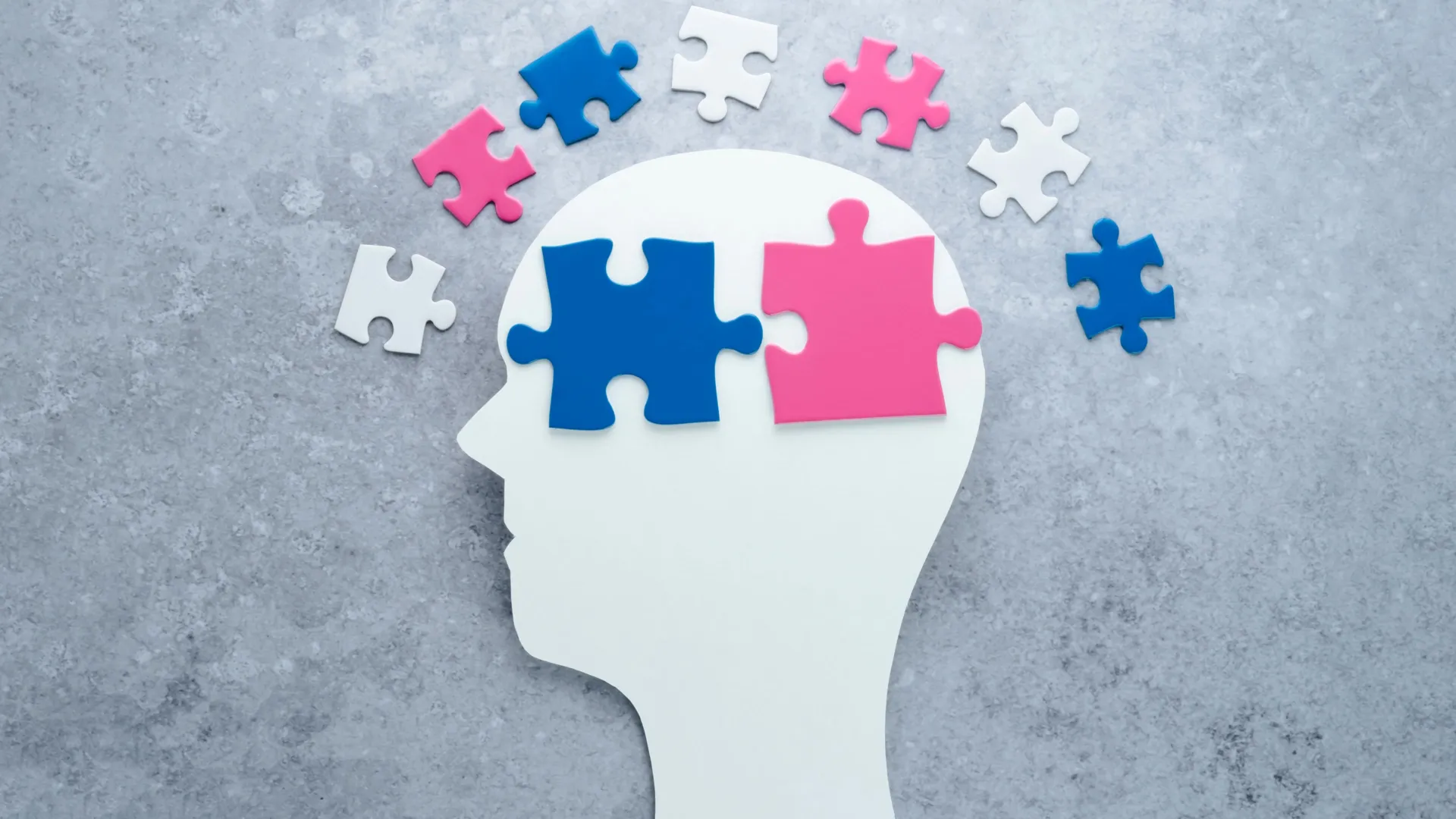Transgender brains are more like their desired gender from an early age
- Date:
- May 25, 2018
- Source:
- European Society of Endocrinology
- Summary:
- New brain imaging research reveals that transgender adolescents show brain activity patterns more similar to their experienced gender than their assigned sex at birth. Using MRI scans and tests involving pheromones and memory exercises, scientists found that these teens’ brains responded in ways that aligned with the gender they identify with. The findings suggest that the roots of gender identity may appear early in brain development, offering hope for earlier and more supportive diagnosis and care for young people with gender dysphoria.
- Share:

Brain activity and structure in transgender adolescents more closely resembles the typical activation patterns of their desired gender, according to findings to be presented in Barcelona, at the European Society of Endocrinology annual meeting, ECE 2018. These findings suggest that differences in brain function may occur early in development and that brain imaging may be a useful tool for earlier identification of transgenderism in young people.
Transgenderism is the experience, or identification with, a gender different to the assigned biological sex, whilst gender dysphoria (GD) is the distress experienced by transgender people, and may be present from a very young age. Although GD incidence is rare, gender identity is an essential part of psychological health, and if unaddressed can lead to serious psychological issues. Current strategies for addressing GD in younger people involve psychotherapy, or delaying puberty with hormones, so that decisions on transgender therapy can be made at an older age. Genetics and hormones contribute to sex differences in brain development and function that lead to more male- or female-typical characteristics; however, these processes are not well established. Furthermore, little is known on how early in life, or to what extent, the gender-typical characteristics of transgender people become established. Earlier diagnosis or better understanding of transgenderism could help to improve quality of life for young transgender people, and help families to make more informed decisions on treatment.
In this study, Dr. Julie Bakker from the University of Liège, Belgium, and her colleagues from the Center of Expertise on Gender Dysphoria at the VU University Medical Center, the Netherlands, examined sex differences in the brain activation patterns of young transgender people. The study included both adolescent boys and girls with gender dysphoria and used magnetic resonance imaging (MRI) scans to assess brain activation patterns in response to a pheromone known to produce gender-specific activity. The pattern of brain activation in both transgender adolescent boys and girls more closely resembled that of non-transgender boys and girls of their desired gender. In addition, GD adolescent girls showed a male-typical brain activation pattern during a visual/spatial memory exercise. Finally, some brain structural changes were detected that were also more similar, but not identical, to those typical of the desired gender of GD boys and girls.
Dr Bakker says, "Although more research is needed, we now have evidence that sexual differentiation of the brain differs in young people with GD, as they show functional brain characteristics that are typical of their desired gender."
Dr Bakker's research will now investigate the role of hormones during puberty on brain development and transgender differences, to help guide and improve future diagnosis and therapy for GD adolescents.
Dr Bakker comments, "We will then be better equipped to support these young people, instead of just sending them to a psychiatrist and hoping that their distress will disappear spontaneously."
Story Source:
Materials provided by European Society of Endocrinology. Note: Content may be edited for style and length.
Cite This Page: